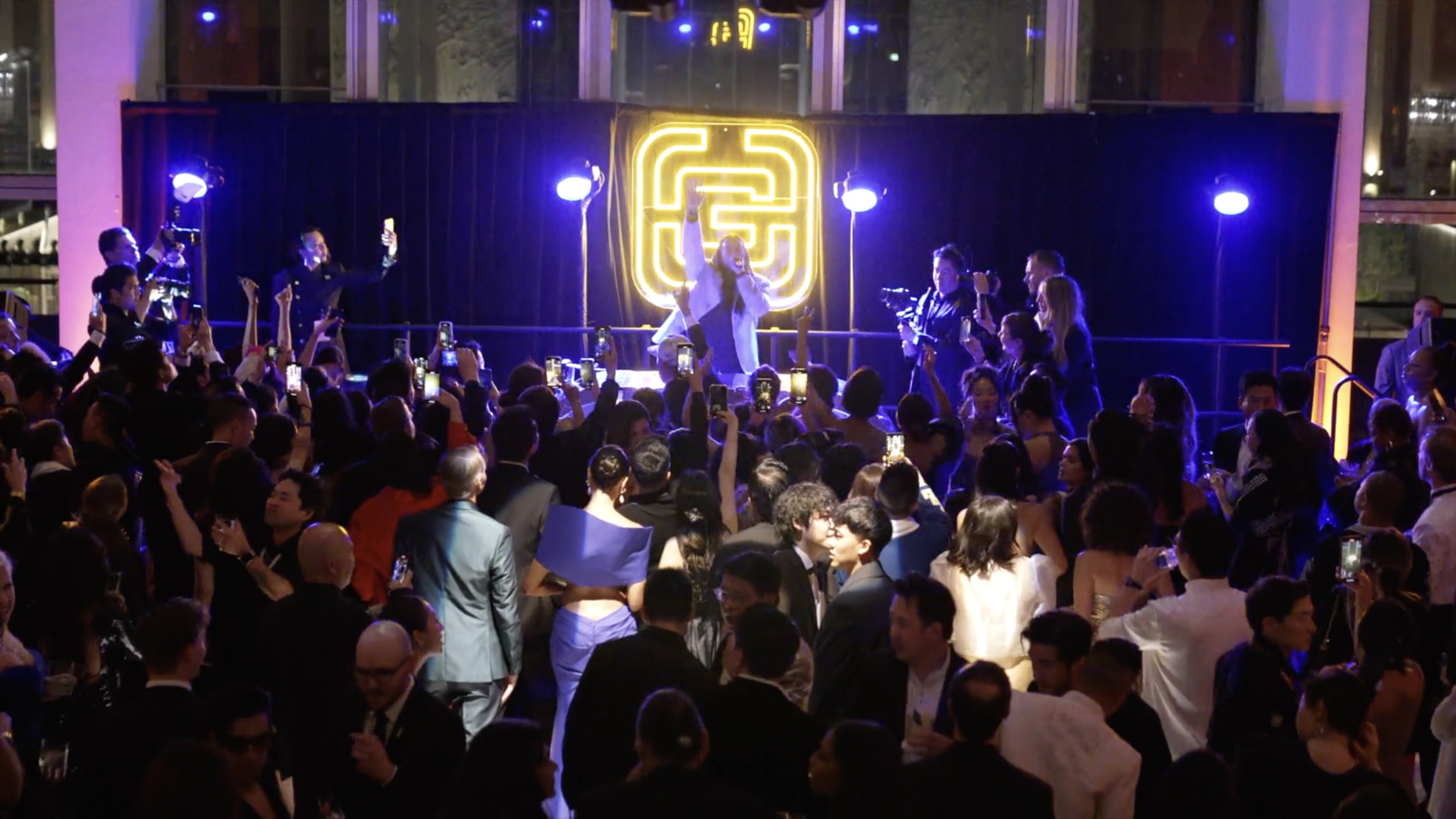How much would you say you spend on clothes in a month? Truth be told, we’re all trying to find cute clothes for less. So when a trendy vending machine in a European square sold shirts for just 2 euros ($2.27), how could anyone refuse?
Well, you might think twice about that bargain if you took a moment to reflect on what another human being had to go through just to make that piece of clothing for you. That’s certainly what stopped all the consumers in this social experiment.
To remind consumers that cheap clothing often translates to cheap labor, advocacy group Fashion Revolution set up the vending machine in a busy square to remind people of the long hours, dangerous conditions, unbelievably low salaries and general mistreatment of textile sweatshop workers.
Check out the results in the video below:
The experiment show how much a simple reminder can resonate with consumers. This social experiment was done in honor of Fashion Revolution Day– a day which recognizes the infamous Bangladesh incident where 1133 workers were killed and over 2500 people injured when the Rana Plaza factory complex collapsed on April 24, 2013.
“At the moment of purchase, most of us are unaware of the processes and impacts involved in the creation of a garment,” Fashion Revolution points out. “We need to reconnect through a positive narrative, to understand that we aren’t just purchasing a garment or accessory, but a whole chain of value and relationships.”
And they’re not the only ones trying to shine light on this very serious situation. Earlier this year, a miniseries called Sweatshop: Dead Cheap Fashion was released, which focused on three Norwegian fashion bloggers who were sent to Cambodia to live as sweatshop workers for a few day. There, they quickly learned the horrifying reality behind textile sweatshops.
More recently, the advocacy group Canadian Fair Trade Network and ReThink Communications created a powerful ad campaign where clothing labels wrote out the various atrocities a sweatshop worker had to face just to create that garment.
What do all of these have in common? They’re all trying to raise awareness and ask that consumers be more conscious of their purchases. Although being aware isn’t the only step towards change, it’s certainly a necessary one.







